Not only does this method meet the requirements of traceability and consistent quality, it also opens up opportunities to affirm the Gia Lai durian brand in the international market.
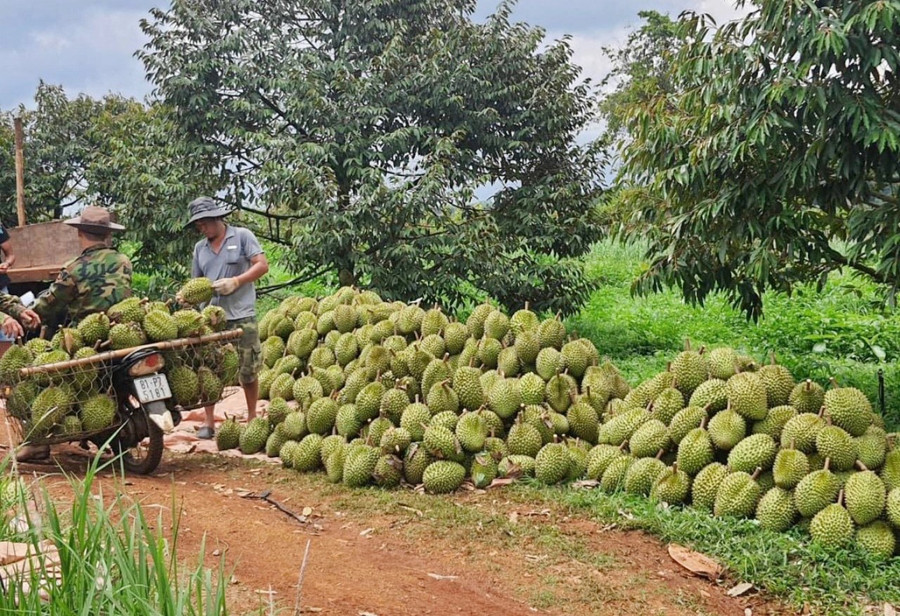
Market pressure and the need for value chain innovation
In the context of deep integration and increasingly fierce global competition, fragmented and small-scale production is no longer suitable. With the durian industry - a popular fruit in many markets such as: China, Korea, Japan or Europe.
These markets all require increasingly stringent standards: products must be of consistent quality, in large quantities, of clear origin, comply with production processes and ensure food safety.
Faced with such pressure, Gia Lai - one of the localities with the largest durian growing areas in the Central Highlands - is strongly promoting the "collective action" model. Instead of individual production, households are encouraged to join together into household groups, cooperatives and coordinate with export enterprises. It is the consensus and cohesion in production and consumption that is becoming the key to increasing the value and ensuring the sustainability of this industry.
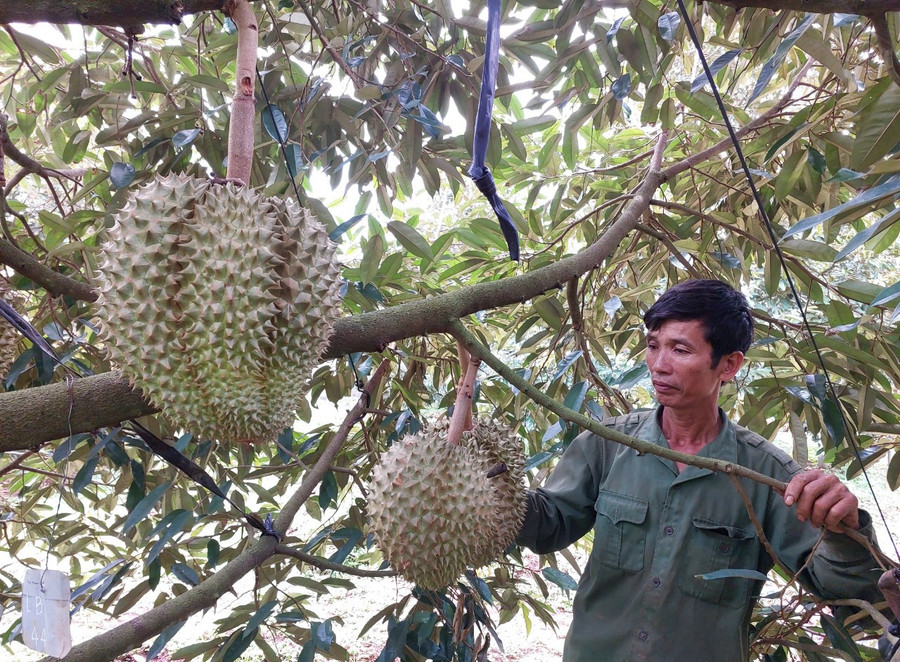
As of the end of May 2025, the whole province had more than 7,900 hectares of durian, a sharp increase compared to previous years. The area is mainly concentrated in the western localities of the province such as: Chu Puh, Chu Se, Chu Pah, Chu Prong, Duc Co, Ia Grai and Dak Doa. Of which, about 3,000 hectares are being harvested with an estimated output of 42,000 tons.
The province has been granted 54 codes for durian growing areas with an area of 1,280 hectares for export to the Chinese market and 5 codes for fresh durian packaging facilities with a capacity of 350-370 tons of fresh fruit per day. Currently, there are 11 enterprises, 16 cooperatives and 3 agricultural associations investing in planting and linking durian production with an area of nearly 2,900 hectares...
Increased acreage means greater output but also poses difficult problems in quality control, traceability, disease management and especially building concentrated raw material areas for export. Meanwhile, many households still cultivate separately and have not participated in the chain, making it difficult to synchronize processes and ensure export standards.
Efforts to build a chain of links
In recent years, the production-consumption linkage model has been effectively implemented in many localities of Gia Lai, in which, the most prominent are dynamic cooperatives, proactively reorganizing production according to international standards.
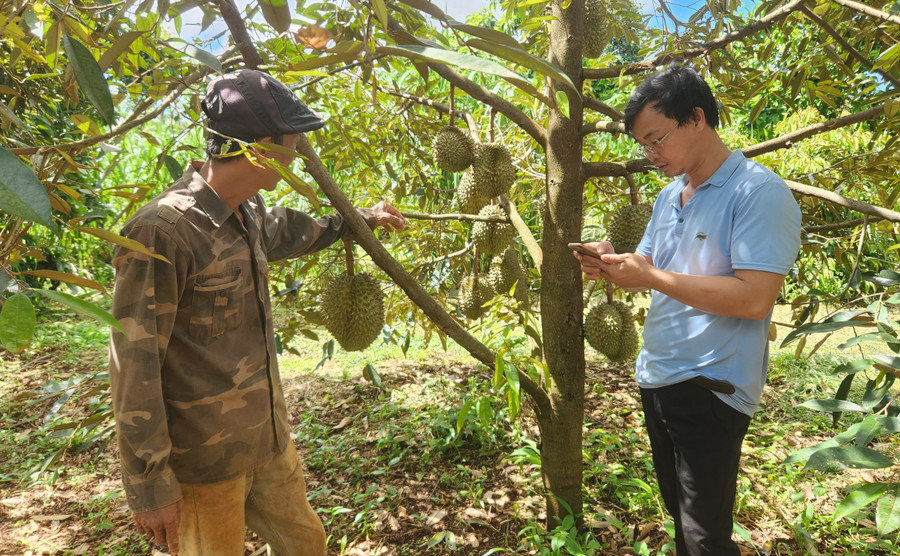
In Ia Le commune, Dai Ngan Organic Agriculture Cooperative is cooperating with 56 households to grow durian. Since 2022, the Cooperative has been granted 6 growing area codes for 29 hectares, eligible for official export to China. Each year, the Cooperative supplies about 400-450 tons of clean durian to export enterprises.
Ms. Le Thi Diem, Director of the Cooperative, said: “We established the Cooperative to gather households with a common orientation towards clean and sustainable production. Production according to VietGAP and being granted a growing area code is not only a mandatory condition for export, but also helps increase the value of durian. People follow the process, traders come to the place to buy at a better price.”
In Chu Pah commune, Nghia Hoa Agricultural Service Cooperative is also implementing a similar model. From supporting the construction of records for granting planting area codes to instructing people on the use of organic fertilizers, the cooperative plays the role of a bridge between farmers and businesses.
Mr. Nguyen The Minh - Director of the Cooperative - shared: "We take advantage of daily meetings to propagate and guide people. When production is up to standard, durian is purchased stably, the price is higher and farmers no longer worry about "good harvest, low price".
The case of Mr. Le Van Dang (village 5, Chu Pah commune) is a clear example. In 2024, his durian garden of more than 100 trees yielded more than 6 tons, earning over 600 million VND, with a net profit of about 400 million VND. He shared: “Producing according to VietGAP has many benefits. This year, if the growing area code is granted, the expected output will increase to nearly 10 tons and the value will be even higher.”
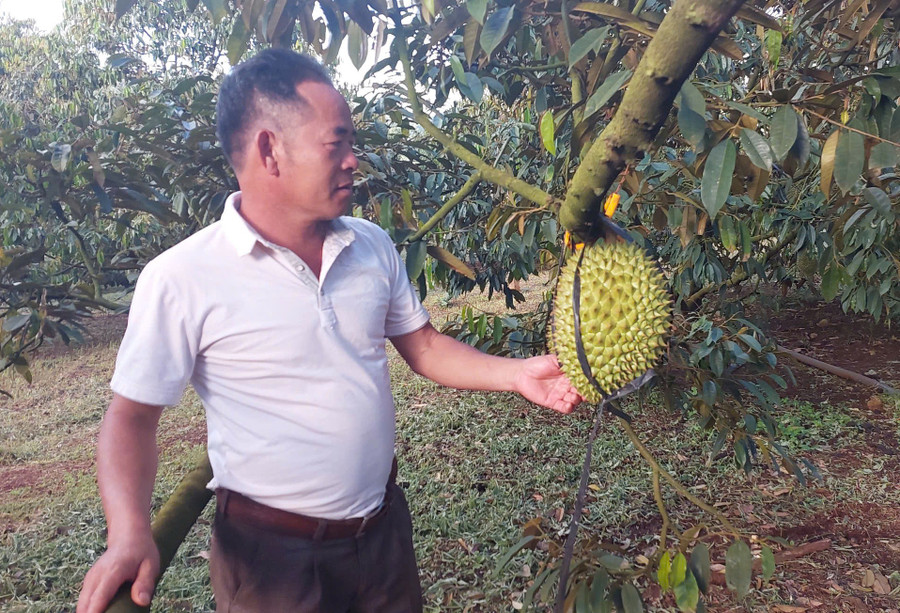
In Ia Ly commune, Mr. Nguyen Ngoc Bich has proactively cooperated with Ia Mo Nong Agricultural Production-Trade-Service- Tourism Cooperative to establish a growing area code for 2 hectares of durian. Although initially having difficulty recording production logs and strictly following technical procedures, Mr. Bich said that this is a "one-time investment for long-term profit".
Quality control is the "key" to maintaining the market
The boom in durian acreage and production has made quality control a matter of "survival". In 2023, China temporarily suspended the import of several durian shipments due to quarantine violations, causing losses to many businesses and farmers. This incident shows that without strict management, the risk of losing the market is entirely possible.
Mr. Le Van Thanh - Director of Ia Mo Nong Agricultural Production-Trade-Service-Tourism Cooperative - proposed: "There should be strong enough sanctions for individuals who violate production processes. If they do not do it correctly, the growing area code must be revoked. We cannot let one person do something wrong and affect the overall reputation."
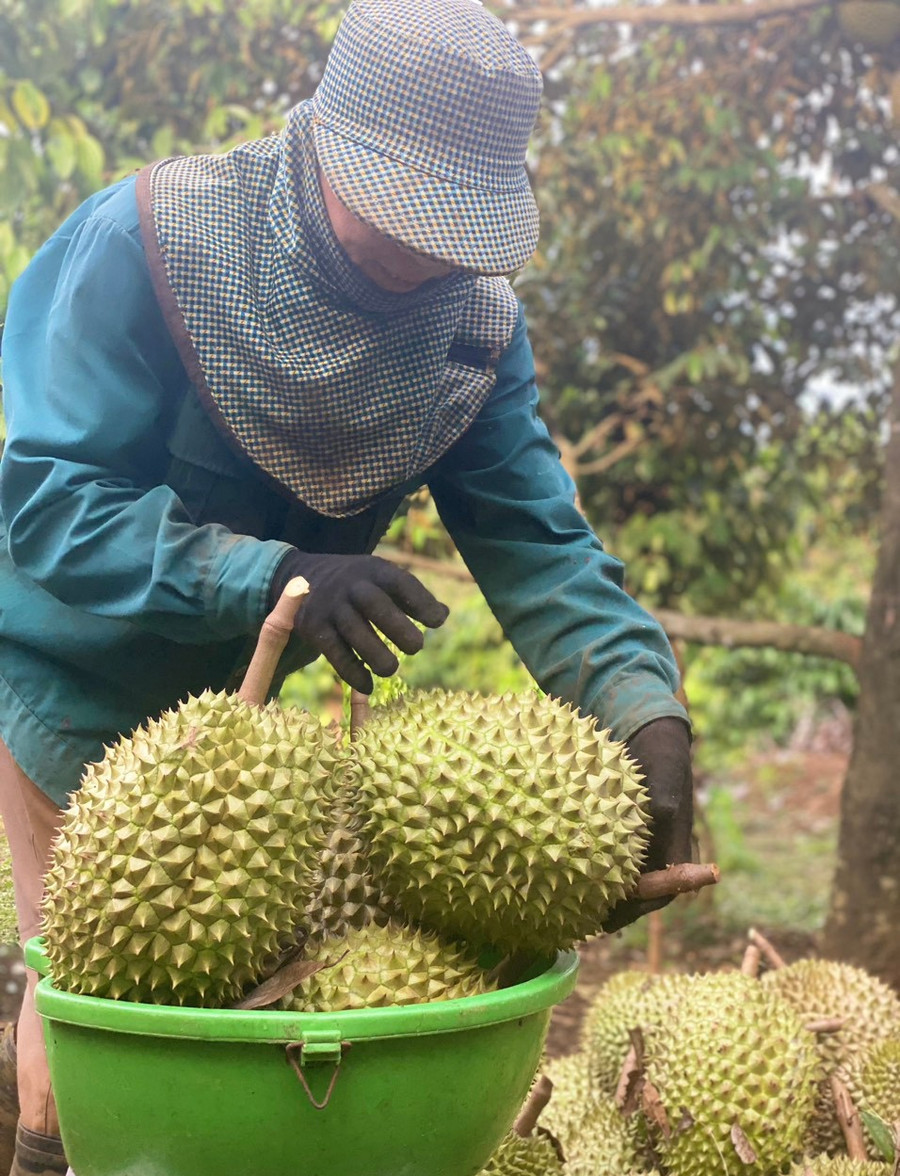
To ensure food safety and export standards, the provincial Department of Cultivation and Plant Protection has issued a set of technical guidelines for durian production that meets VietGAP and GlobalGAP standards.
Mr. Hoang Thi Tho - Deputy Head of the Provincial Department of Cultivation and Plant Protection - said: "The instructions are very specific, from using biological fertilizers, pruning properly, to pest control and climate change adaptation. The use of chemicals not on the list is absolutely prohibited."
In addition to the growing area, packaging facilities must also strictly comply with industrial hygiene regulations, completely eliminate harmful organisms, and ensure post-harvest preservation to meet quarantine standards. These are decisive factors in enhancing reputation and minimizing the risk of returned goods.
Gia Lai is actively planning durian specialized growing areas, associated with building growing area codes, packaging facility codes and promoting links with export enterprises. According to Mr. Hoang Thi Tho, the important thing is to organize production in a closed chain, in which farmers link together into groups or cooperatives. Enterprises and cooperatives are the technical bridge and process management. Enterprises ensure product consumption and market expansion.
“Only with synchronous coordination can durian meet export standards, including: stable quality, large output, and on-time delivery,” Mr. Tho emphasized.
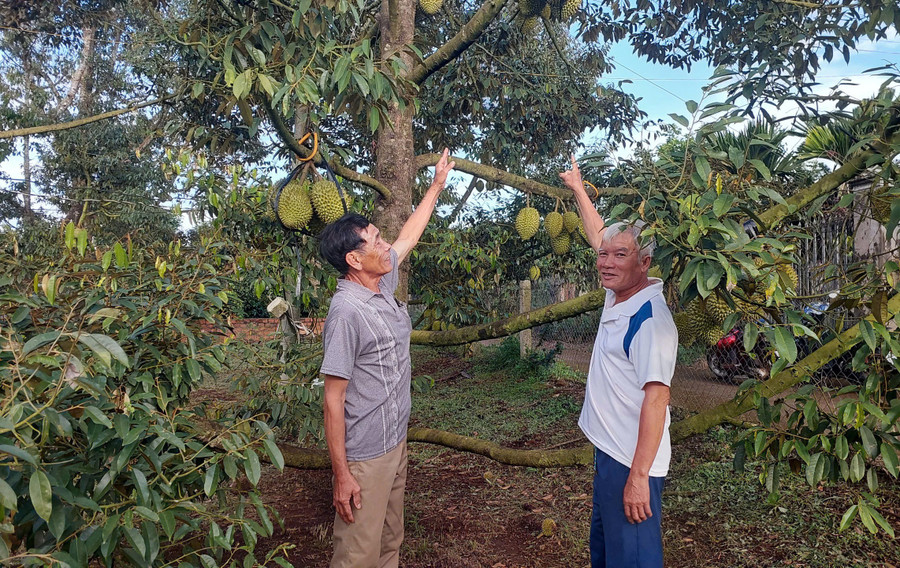
The provincial Department of Cultivation and Plant Protection has proposed that the Ministry of Agriculture and Environment coordinate with the Chinese side to resolve technical issues and speed up the issuance of new codes in time for the upcoming harvest.
In practice, “collective action” is no longer a slogan, but has become an inevitable choice if Gia Lai durian wants to maintain its export market share and increase its value. When people follow the right procedures and form systematic connections, durian will not only have a higher price but also reach the most demanding markets.
In the context of climate change, market risks and fierce international competition, value chain linkage is a solid “shield” for the durian industry. If it continues on the right track, Gia Lai can completely build the brand of “clean-durable-international-standard durian” on the global agricultural map.
Source: https://baogialai.com.vn/gia-lai-hanh-dong-tap-the-dua-sau-rieng-vuon-ra-the-gioi-post559986.html




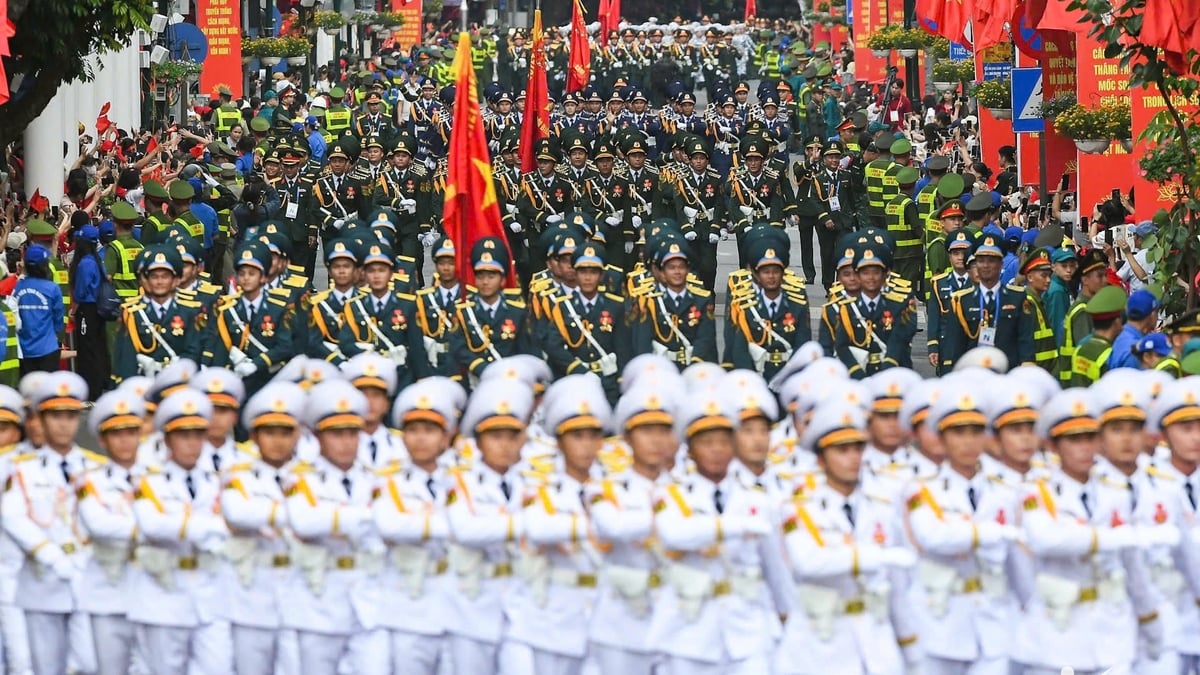
![[Photo] People eagerly lined up to receive special publications of Nhan Dan Newspaper](https://vphoto.vietnam.vn/thumb/1200x675/vietnam/resource/IMAGE/2025/8/30/53437c4c70834dacab351b96e943ec5c)
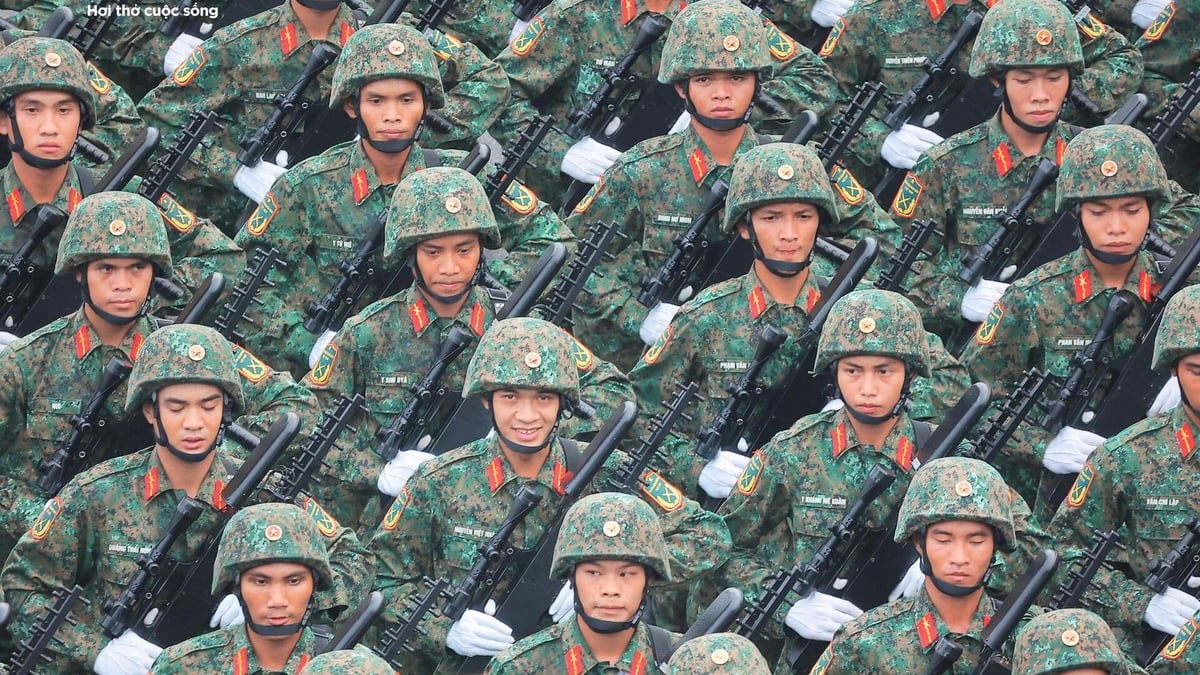
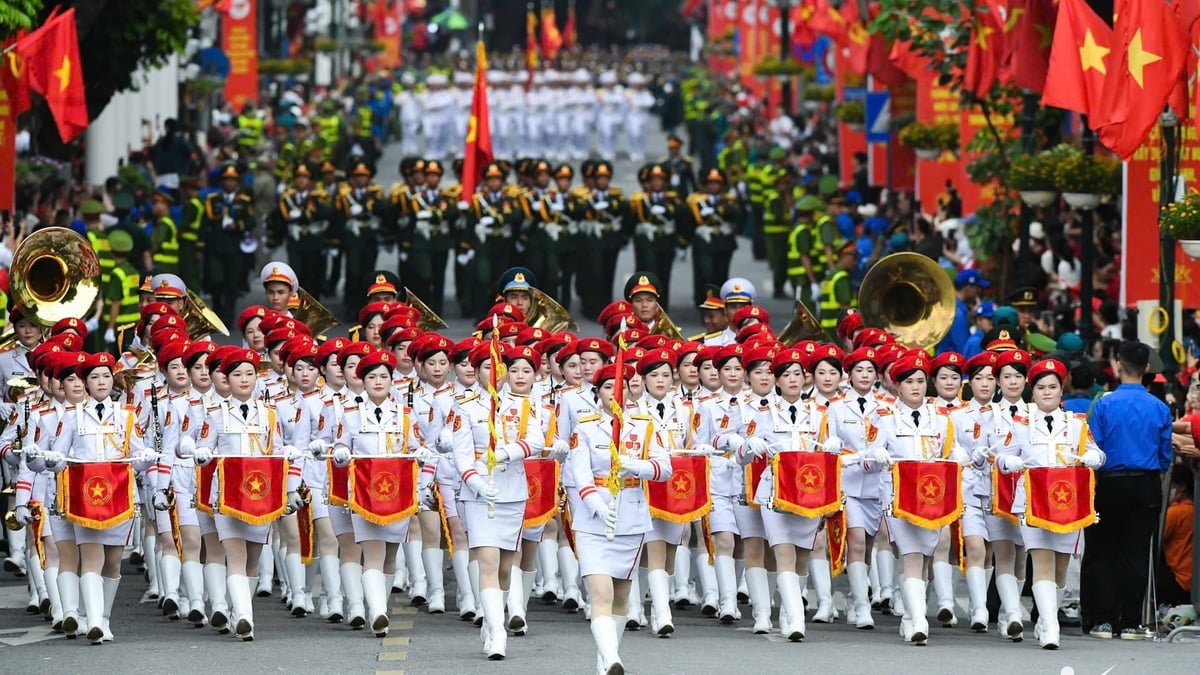
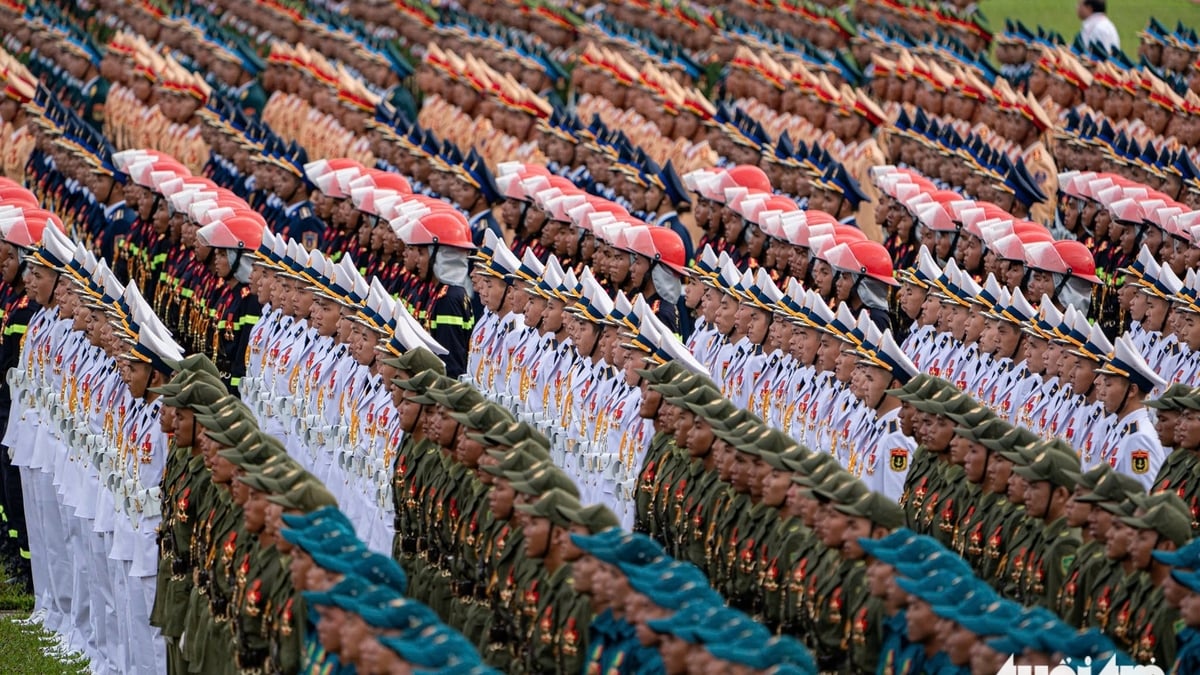
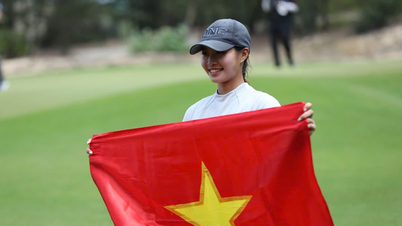

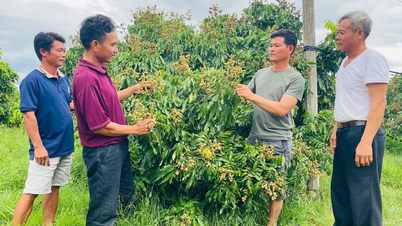



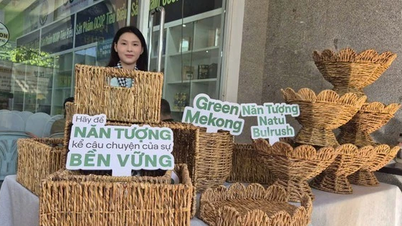
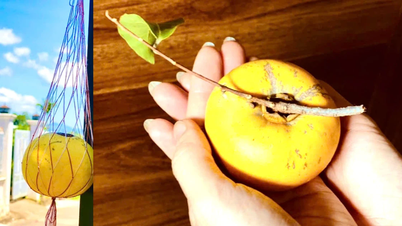
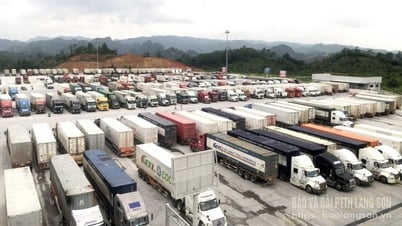

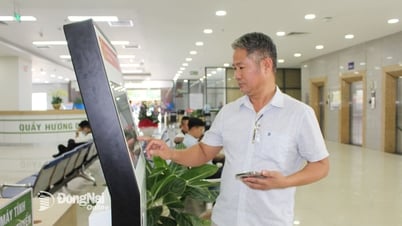



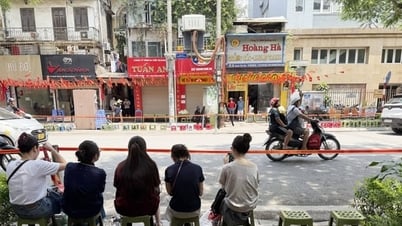

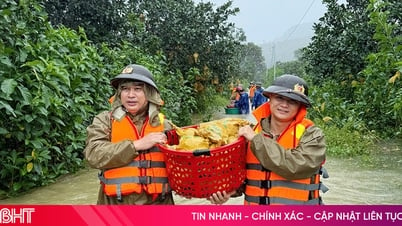

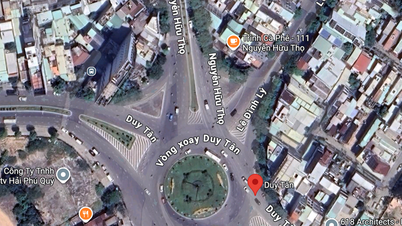

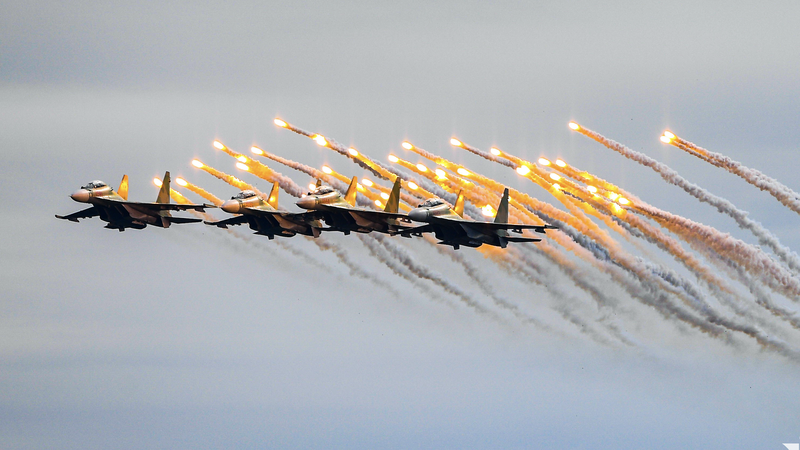
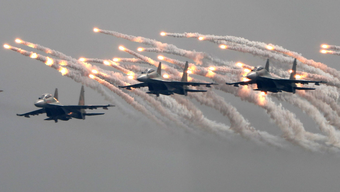


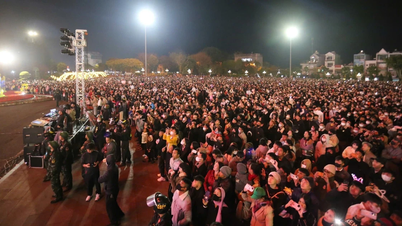
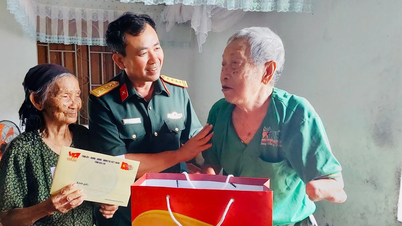
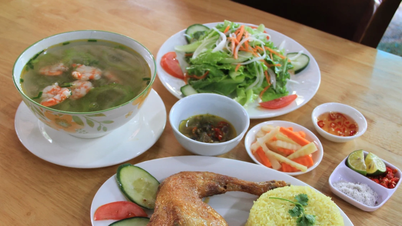
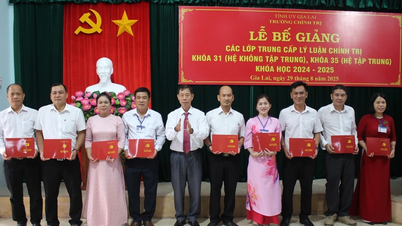
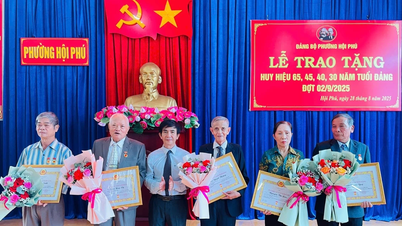
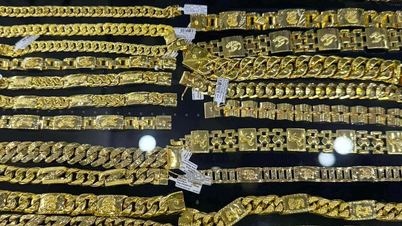
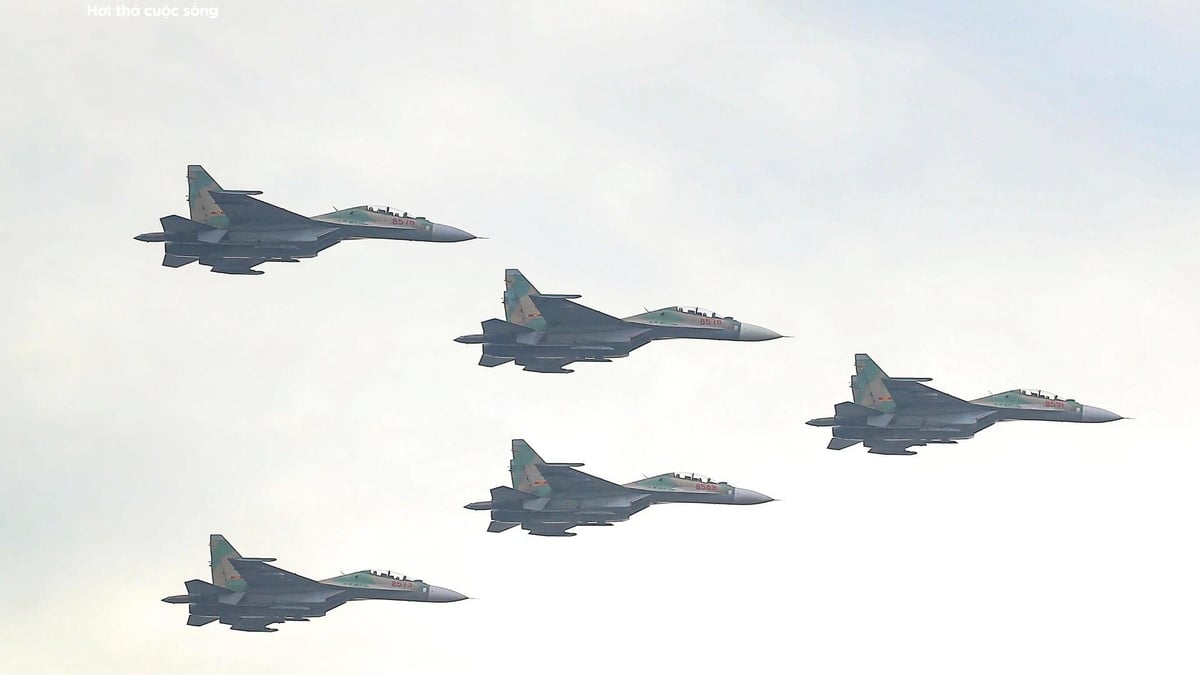
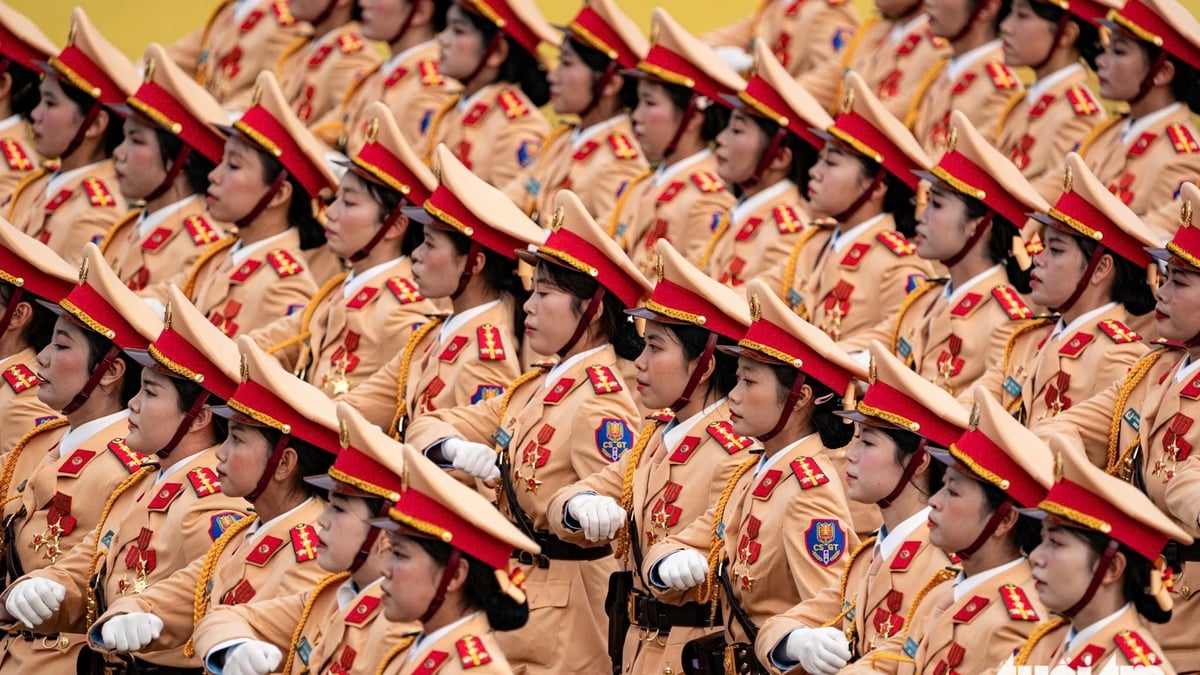


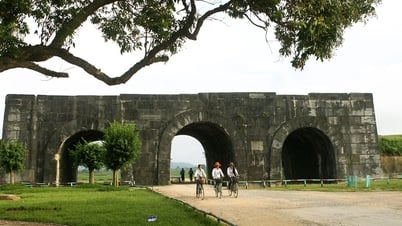

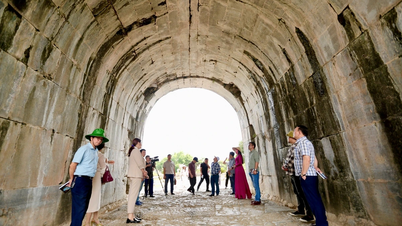

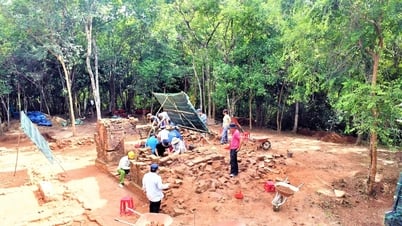














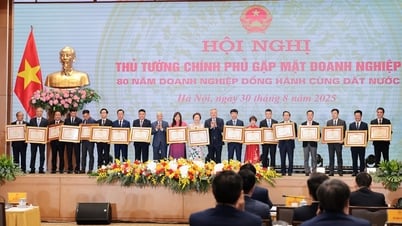

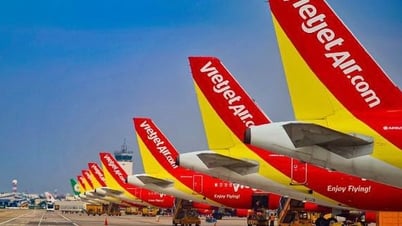





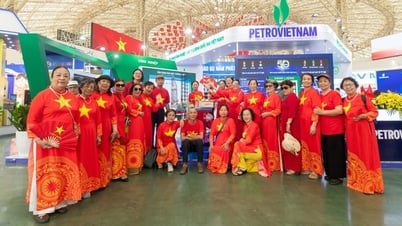



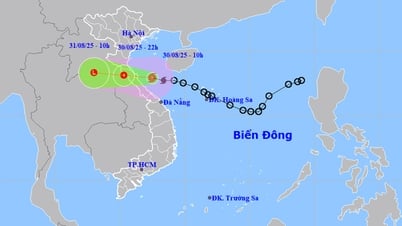

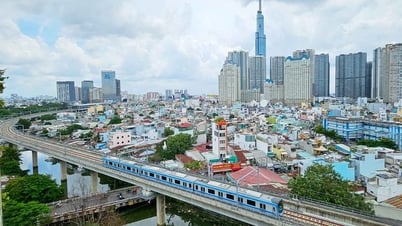

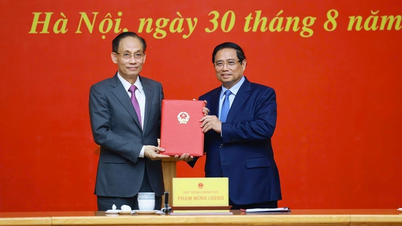


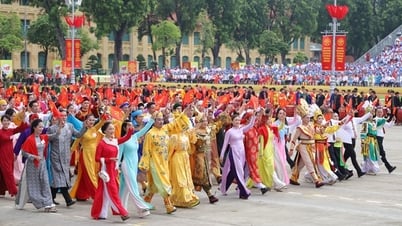
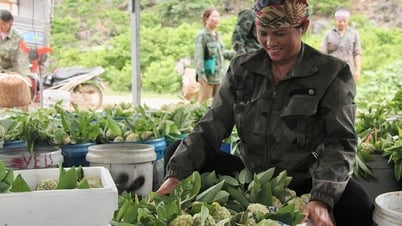


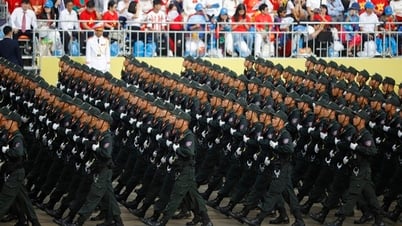

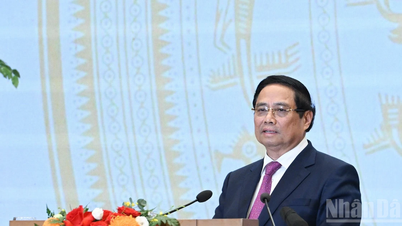

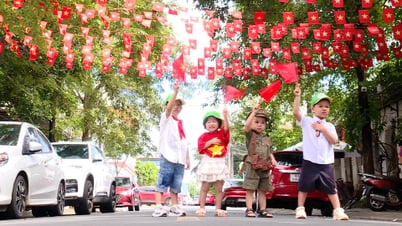
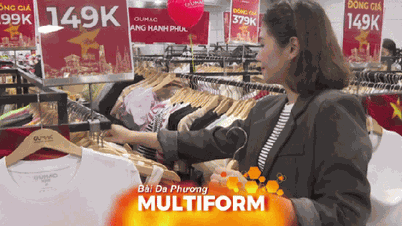
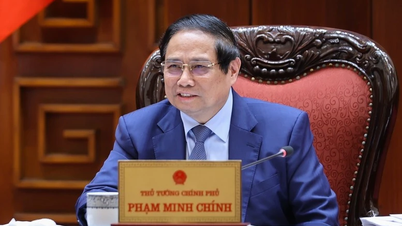
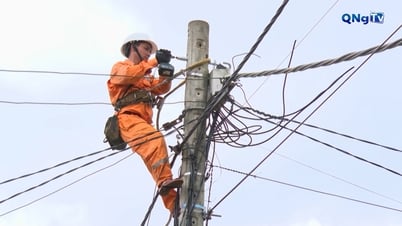

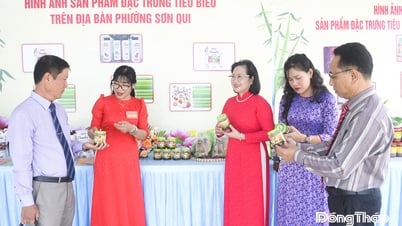


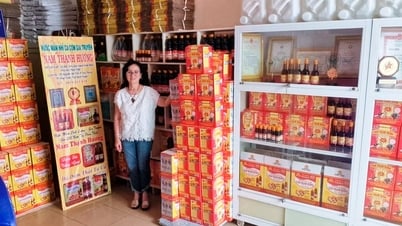







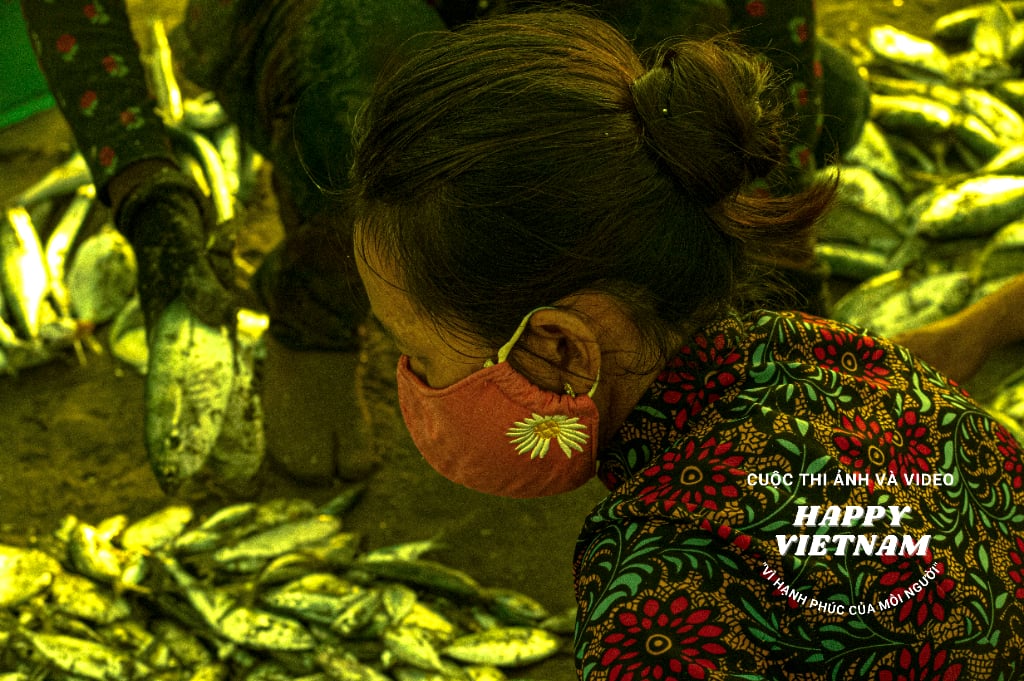
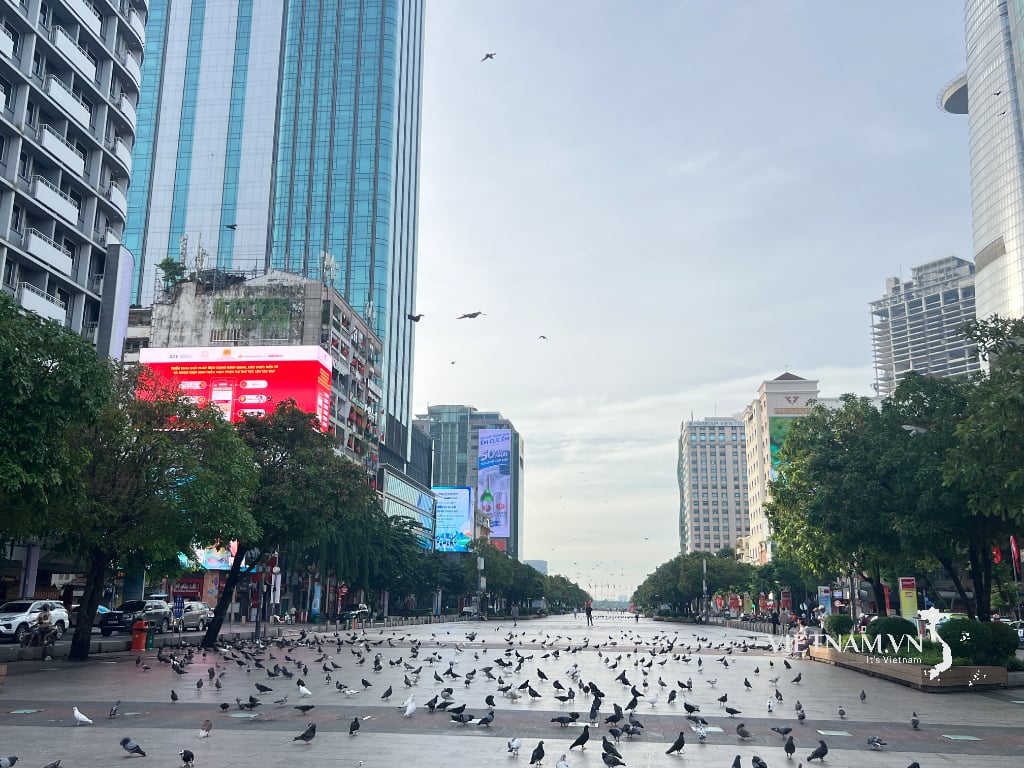
Comment (0)